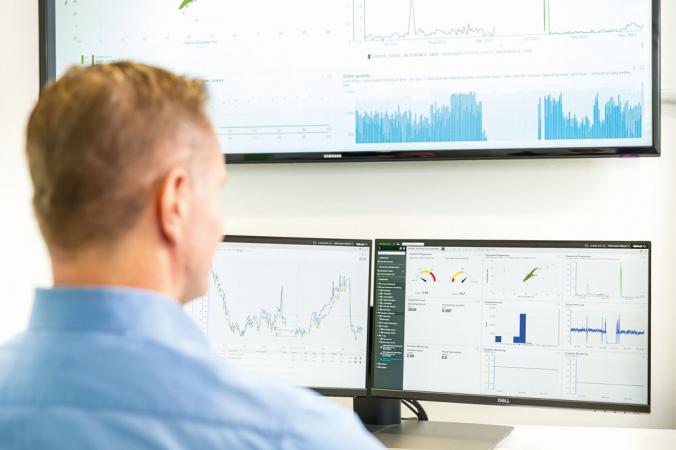How IIoT improves operations: Impact of OPC UA
The Industrial Internet of things (IIoT) will change many aspects in manufacturing as well as the rest of the industries of the world, including how we conduct day-to-day life. Managing asset models is one of the parts of the industry that is already adopting the change the IIoT brings with it.

Initiatives for harnessing the power of data associated with the Industrial Internet of Things (IIoT), Industrie 4.0 (Europe), and Internet Plus (China) are expected to transform not only the manufacturing industry but the global economy, as well. One estimate, based on a report by Accenture written earlier this year, estimated the technology could add $14.2 trillion to the world economy over the next 15 years.
Impact on industry will be profound, but only those who take a holistic view of its potential will benefit the most. IIoT is not just a new technology; it is a catalyst for fundamental change in the way companies operate and individuals work.
Take, for example, traditional asset models, where businesses buy equipment with a warranty insuring against failure within a particular period, which is supported by scheduled maintenance. The ability to share and analyze more data from deeper in the shop floor, such as detecting rising lubricant temperature as a sign of increased friction on bearings in real time, can facilitate businesses towards condition-based maintenance, helping the company avoid costly unscheduled downtime.
Likewise, IIoT has the potential to radically decentralize decision-making within plants, with high levels of information and context no longer restricted to the central control room. It argues for a shift from task-based workers to value-finding workers, with technology augmenting rather than replacing workers’ thinking by simultaneously giving them deeper insight and broader context into the plant and process.
The connectivity challenge
Reliable, secure connectivity is central to these efforts and is the function of the OPC Unified Architecture (OPC UA) protocol.
A key part of the Industrie 4.0 foundation, OPC UA runs on most anything such as: servers; networked sensors; mainstream operating systems (OSs) such as Linux and Microsoft Windows; real-time operating systems (RTOSs); or devices without any OS. OPC UA enables the connectivity and data sharing between the devices and systems that provide the deep-shop-floor visibility required by digital enterprises.
As expected, manufacturers are embedding OPC UA in all types of devices ranging from small networked sensors to controllers, helping accelerate the IIoT revolution by expanding the data sharing space. However, the scale of transformation necessarily suggests that the adoption of OPC UA (and the move to an effective IIoT architecture) will take time, as businesses have large existing investments in legacy architectures which, cannot simply be replaced wholesale. An easy, coordinated migration path to IIoT technologies such as OPC UA is a key factor for device vendors and end users alike.
Users need to be able to tie in existing infrastructure (often based on classic OPC) and manage their existing assets while being able to feed that information into the IIoT space.
The answer for systems using classic OPC is the use of OPC UA proxies or UA wrappers: technologies enabling new OPC UA enabled client applications to communicate with classic OPC servers, and classic OPC clients to communicate with new OPC UA servers. For example, a human-machine interface (HMI) that is still using classic OPC could be adapted to interface with UA devices. As a result, operators can continue to use their current systems, while gaining the additional insights and connectivity with UA-enabled devices as they are added.
Bridging technologies between legacy OPC and OPC UA systems will facilitate rather than limit the scale and rate of change IIoT technologies bring to industry by helping companies balance the added value that new technologies bring while extending return on investment (ROI) on existing investments. Over time, traditional systems will steadily be phased out, but right now the UA Proxy and UA Wrapper technologies give businesses valuable time to form their responses to the IIoT revolution.
Text: Darek Kominek is product director at Matrikon , part of Honeywell Process Solutions








